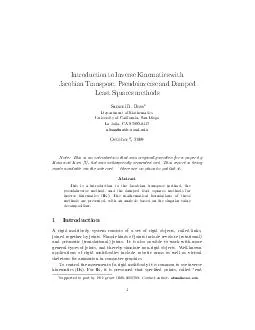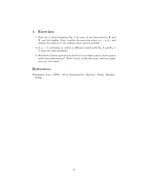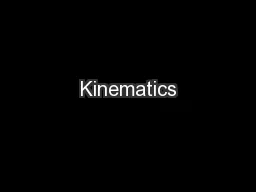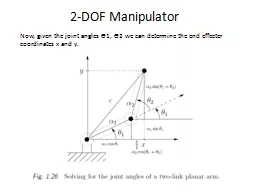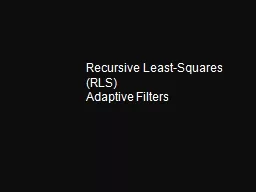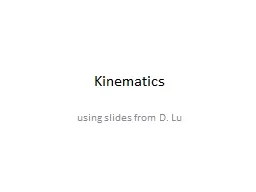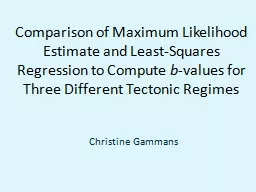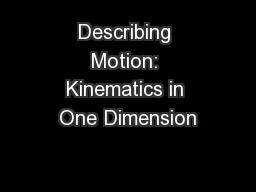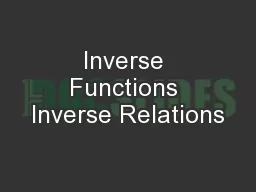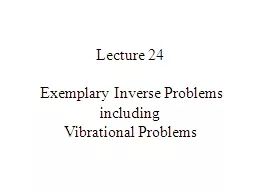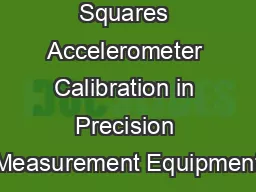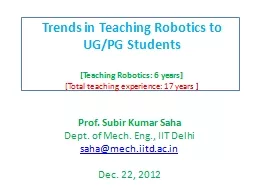PDF-Introduction to Inverse Kinematics with Jacobian Transpose Pseudoinverse and Damped Least
Author : briana-ranney | Published Date : 2014-12-17
Buss Department of Mathematics University of California San Diego La Jolla CA 920930112 sbussmathucsdedu October 7 2009 Note This is an introduction that was originally
Presentation Embed Code
Download Presentation
Download Presentation The PPT/PDF document "Introduction to Inverse Kinematics with ..." is the property of its rightful owner. Permission is granted to download and print the materials on this website for personal, non-commercial use only, and to display it on your personal computer provided you do not modify the materials and that you retain all copyright notices contained in the materials. By downloading content from our website, you accept the terms of this agreement.
Introduction to Inverse Kinematics with Jacobian Transpose Pseudoinverse and Damped Least: Transcript
Download Rules Of Document
"Introduction to Inverse Kinematics with Jacobian Transpose Pseudoinverse and Damped Least"The content belongs to its owner. You may download and print it for personal use, without modification, and keep all copyright notices. By downloading, you agree to these terms.
Related Documents

